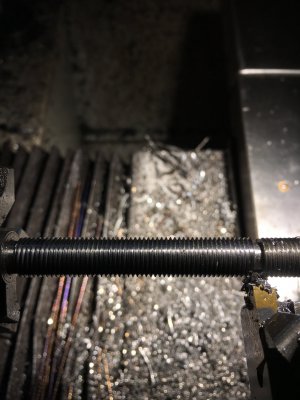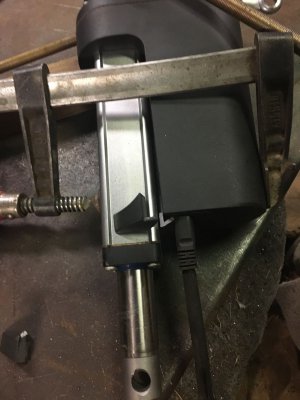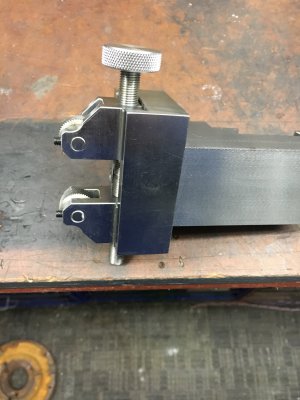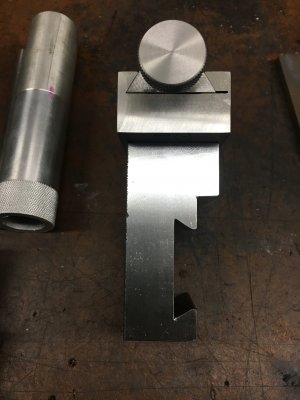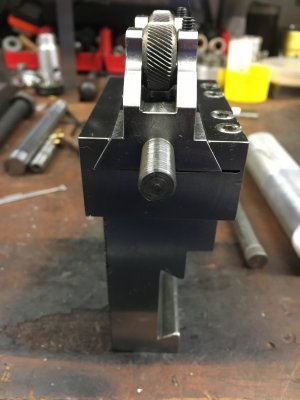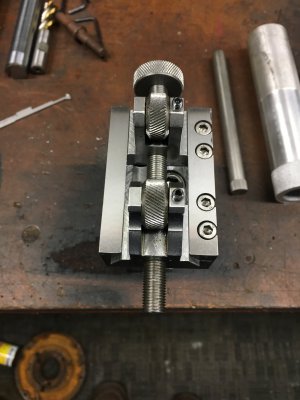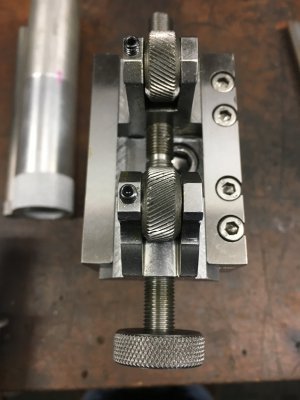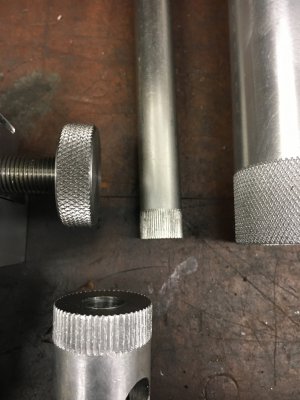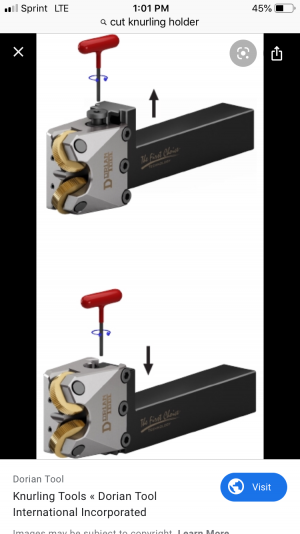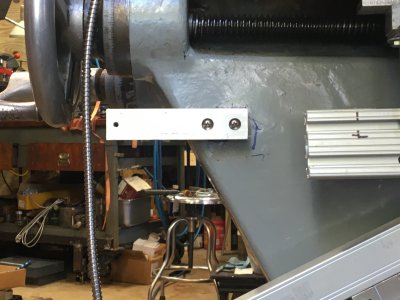Finally made a bit more progress for my powerbrush project (mating a Bercomac 48" Brush attachment to a Husqvarna 52" hydro walkbehind mower).
I had worked for some time on making a lever for raising/lowering the brush from the operators position, and was mostly done when I noticed that the system interfered with the rotation of one of the front wheels, and to rework it so it didn't interfere would require a more complicated multi-rod setup which would be more difficult to get right (for me, at least), and I also realized that using a physical lever would be pretty annoying to use, as you have to lock the hand-controls on the mower, work the lever, then unlock the controls and start working/moving again.
So, I discarded those bits, bought a 2k lb 4" electric actuator, and made an adjustable mount for it, as I'm not entirely sure of the range of motion I should use for raising the brush (as raising it too far may cause the belt driving the brush to stretch or possibly break if it's raised too far). I was also concerned with possibly damaging the actuator from something hitting it (such as a curb, or the edge of a trailer ramp). So, I made a setup that lets me adjust both ways using clevis joints on threaded rods.
Behold (note, it's upside down, the brush attaches to the bracket that the right side of the actuator is attached to):
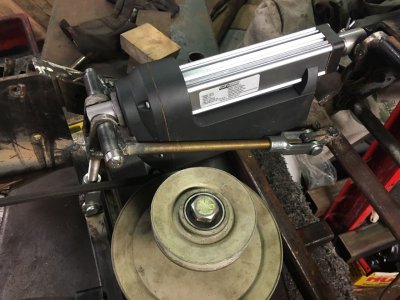
Now I need to work on the electrical wiring to test it out a bit. I think this will be pretty solid, the only bit I'm concerned about is the center rod holding everything together on the left side of the actuator. It's a 1/2" rod (limited by the side of the hole the actuator has), and most of the force of the actuator will be through the two threaded rods on each side of it (there's another rod on the other side of it), and the distanced between the threaded rods and the actuator may result in that center rod bending. But, that's something I'll deal with once I get it working and test it out.

